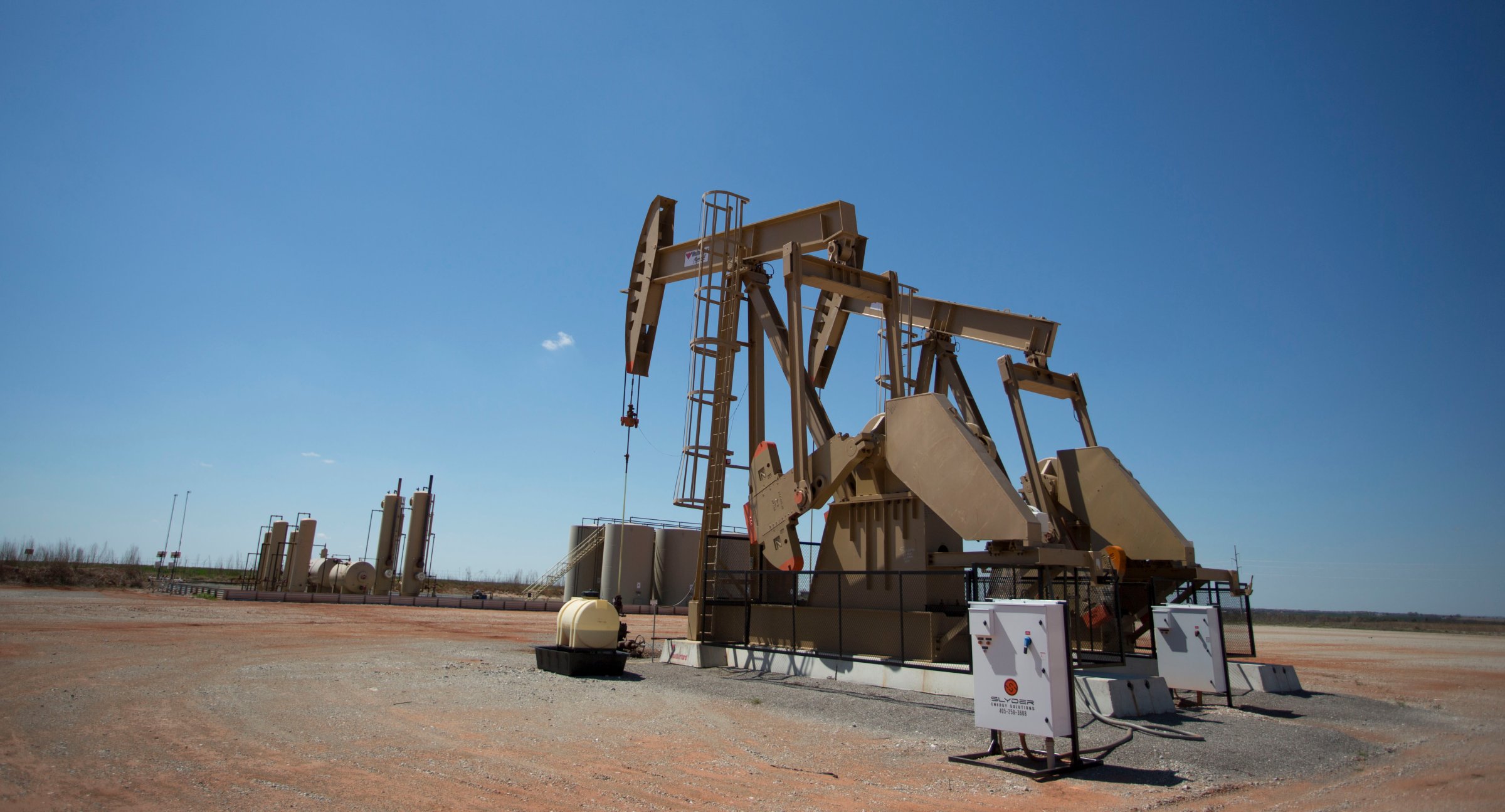
The risk of man-made earthquakes will decline slightly in 2017, though parts of the central United States remain threatened, according to a new report.
The study from the United States Geological Survey (USGS) finds that 3.5 million people — primarily in Oklahoma and southern Kansas — live in an area vulnerable to significant damage from a man-made earthquake. An additional half million people live in areas vulnerable to damage from natural earthquakes.
Man-made earthquakes are primarily the result of wastewater injection, a process where the liquid byproduct of fracking is disposed of deep underground. The frequency of earthquakes in the central U.S. has increased hundreds fold since the dawn of widespread fracking nearly a decade ago.
Read more: See How Oil Drilling Created an Earthquake Crisis in Oklahoma
Regulations on wastewater injection and declining oil and gas prices both likely contributed to the decline in earthquakes, according to Mark Petersen, who heads the USGS National Seismic Hazard Mapping Project. “I don’t know when or if it will go back to the pre-2008 era,” he said on a conference call for journalists. “But I think it’s hopeful that we can considerably decrease the number of earthquakes in that region.”
More Must-Reads from TIME
- How Donald Trump Won
- The Best Inventions of 2024
- Why Sleep Is the Key to Living Longer
- Robert Zemeckis Just Wants to Move You
- How to Break 8 Toxic Communication Habits
- Nicola Coughlan Bet on Herself—And Won
- Why Vinegar Is So Good for You
- Meet TIME's Newest Class of Next Generation Leaders
Write to Justin Worland at justin.worland@time.com